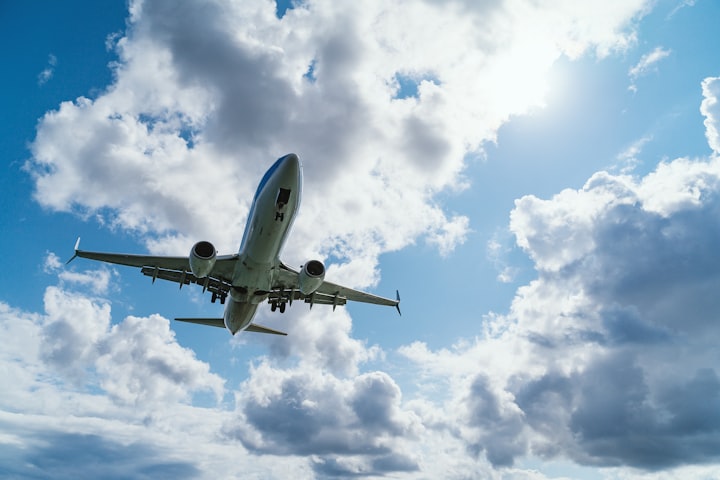How Airplanes Ensure Safety During Turbulence
Airplanes Safety During Crisis

Turbulence is a common occurrence during air travel and can be a source of anxiety for some passengers. However, modern aircraft are designed and equipped to withstand turbulent conditions and ensure the safety of passengers and crew. In this article, we explore the measures and systems in place that enable airplanes to navigate through turbulence while maintaining stability and passenger comfort.
I. Understanding Turbulence:
1.1. Types of Turbulence:
Turbulence can be categorized into three main types: thermal turbulence, mechanical turbulence, and shear turbulence. Thermal turbulence arises from temperature differences in the atmosphere, while mechanical turbulence occurs due to obstructions such as mountains or buildings. Shear turbulence is caused by variations in wind speed and direction at different altitudes.
1.2. Common Turbulence Locations:
Turbulence can occur at various locations during a flight, including near mountain ranges, in regions of atmospheric instability, or during weather systems such as thunderstorms. Pilots receive weather updates and forecasts to anticipate areas of potential turbulence along their flight path.
II. Aircraft Design and Structural Integrity:
2.1. Sturdy Construction:
Modern airplanes are built to withstand the forces exerted by turbulence. They are constructed with strong materials such as aluminum alloys or composite materials that provide structural integrity and resilience. Rigorous testing and certification processes ensure that aircraft meet strict safety standards.
2.2. Wings and Wing Flexibility:
The design of aircraft wings allows them to flex and absorb the forces experienced during turbulence. This flexibility prevents excessive stress on the wings and maintains stability. Wing designs, including swept wings or winglets, contribute to smoother airflow and reduce the effects of turbulence.
III. Flight Control Systems:
3.1. Automatic Stability Systems:
Aircraft are equipped with advanced flight control systems that assist pilots in maintaining stability during turbulence. These systems include autopilots, fly-by-wire technology, and various sensors that monitor and adjust the aircraft's flight parameters, ensuring a smooth and controlled response to turbulent conditions.
3.2. Load Alleviation Systems:
Some aircraft incorporate load alleviation systems that actively counteract turbulence-induced stresses on the airframe. These systems use sensors to detect variations in aircraft movement and apply corrective measures, such as adjusting control surfaces or redistributing fuel, to minimize the impact of turbulence.
IV. Weather Monitoring and Avoidance:
4.1. Weather Radar:
Aircraft are equipped with weather radar systems that enable pilots to detect and monitor areas of significant weather activity, including turbulent conditions. This information allows pilots to adjust their flight paths to avoid severe turbulence and choose alternative routes if necessary.
4.2. Communication and Collaboration:
Pilots maintain constant communication with air traffic control and receive real-time updates on weather conditions along their flight route. This collaboration enables pilots to make informed decisions and take proactive measures to avoid areas of turbulence or navigate through them with caution.
V. Passenger Safety and Comfort:
5.1. Seatbelt Usage:
The importance of wearing seatbelts during flights cannot be overstated. Seatbelts help keep passengers securely in their seats during turbulence, minimizing the risk of injuries caused by sudden movements or jolts.
5.2. Cabin Design and Materials:
Cabin interiors are designed with passenger safety and comfort in mind. Soft materials, cushioned seats, and rounded edges help reduce the risk of injuries during turbulence. Additionally, overhead compartments are designed to securely hold carry-on items to prevent them from becoming loose during turbulent conditions.
Conclusion:
Airplanes are designed and equipped to handle turbulence effectively, ensuring the safety and comfort of passengers and crew. From sturdy construction and flexible wing designs to advanced flight control systems and weather monitoring technologies, multiple layers of safety measures are in place to navigate through turbulent conditions. By employing these strategies and technologies, airplanes can maintain stability, mitigate the effects of turbulence, and ensure a safe and enjoyable flying experience for all aboard.






Comments
There are no comments for this story
Be the first to respond and start the conversation.